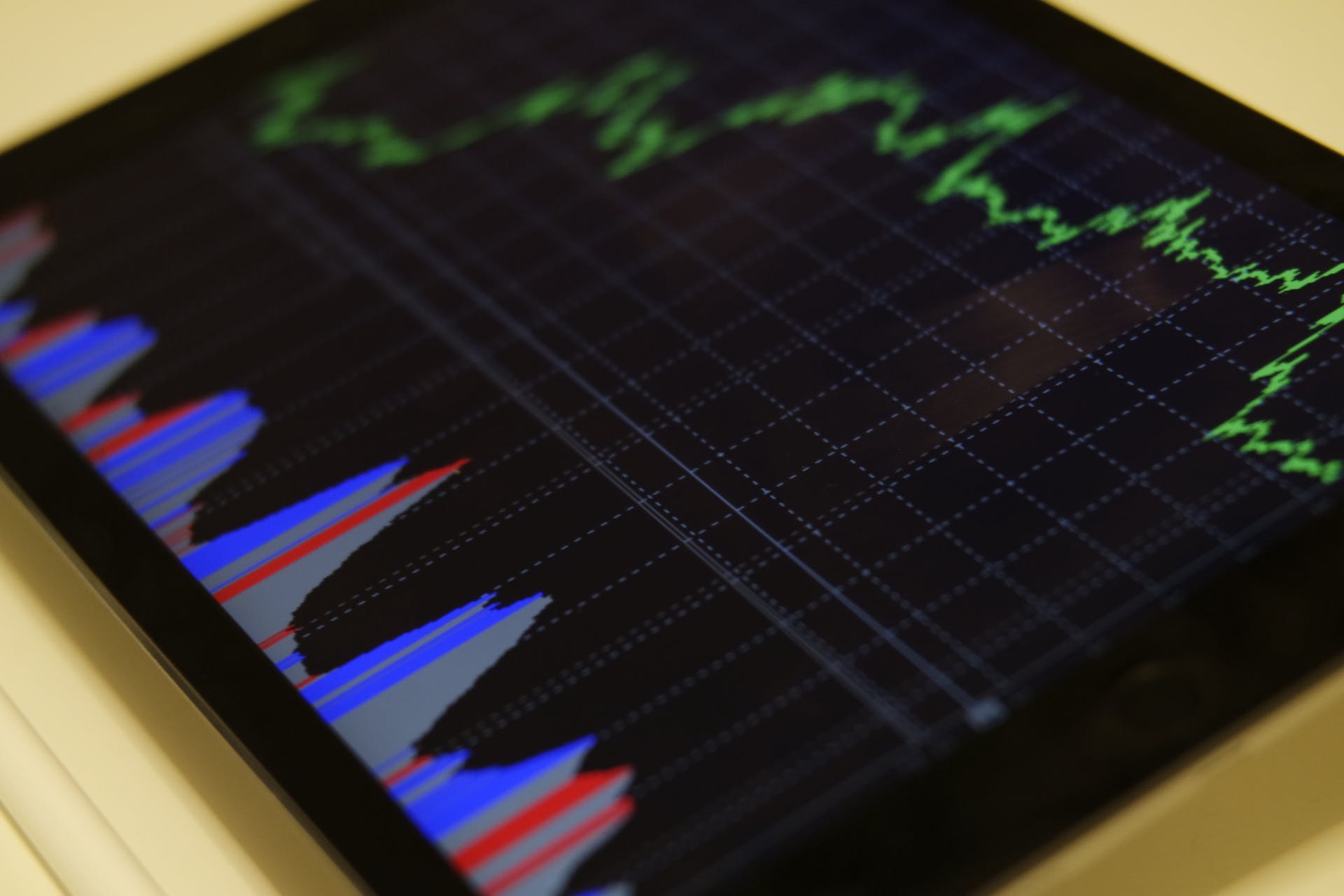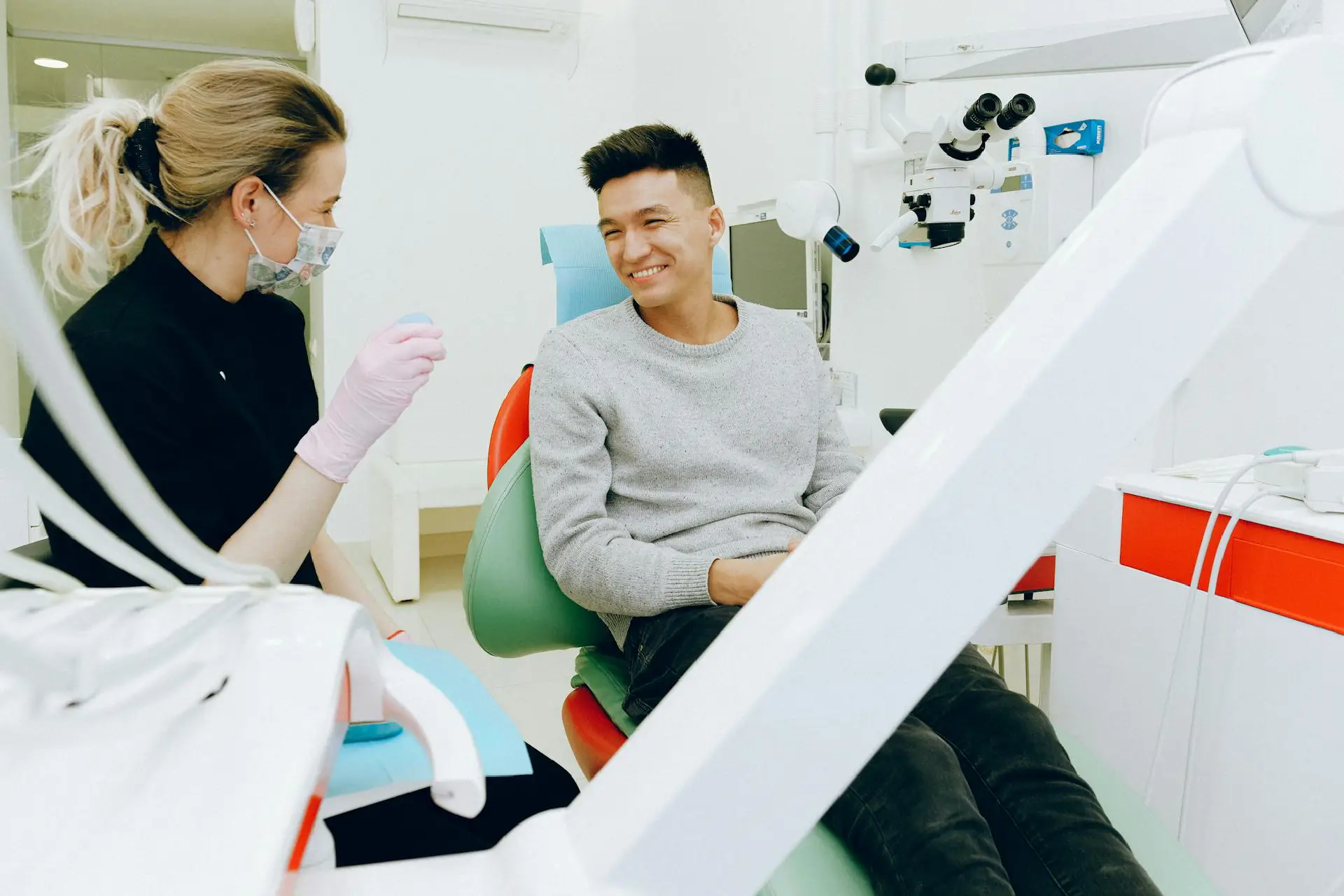25 October 2023

The use of predictive analytics in healthcare refers to the analysis of data, both historical and current, to allow healthcare professionals to make valuable forecasts, predictions and recommendations for individual patient care or wider public health. This data comes from a variety of sources and includes patient health records, machine learning, healthcare technologies, statistical modelling and data mining. Today, there are a multitude of vendors in healthcare providing predictive analytics and the global market is expected to reach $7.8bn by 2025.
With the extensive volume and variety of information, healthcare providers can answer questions such as which diseases patients are likely to develop and how they will respond to different treatments. Additionally, alongside the science of epidemiology, HCPs can further understand the interconnected relationships between external factors and human biology.
Hospital Readmissions
One example is found in identifying patients with traits indicating a higher possibility of readmission permitting doctors to allocate more resources for follow-ups. This is demonstrated well in the US healthcare market in which it is detailed that Medicare spends around $26bn annually on readmissions with 82% of hospitals now under ‘Medicare’s Hospital Readmission Reduction Program’ receiving a penalty. The use of AI predictive analytics in healthcare settings can reveal the likelihood of symptom recurrence enabling physicians to change the patient’s medication and ultimately prevent hospital readmission. This extends into predicting appointment no-shows in which the US healthcare system loses around $200 per missed appointment.
Cost Reduction
The sheer volume of information about patients, staff, schedules and supplies helps cut costs in itself. An example is found with the use of Intel Xeon processor clusters in which the AI predicts the patients’ length of stay, allowing in the case of some hospitals to serve 10,000 more patients every year and save up to $12,000 per patient.
Medical Imaging
Predictive analytics for healthcare is even found in medical image analysis which saves both time and staff resources. The AI used can identify disease-specific changes and even signs of COVID-19 on X-ray images. The continued use of predictive analytics in the healthcare industry can even improve diagnostics of breast and lung cancer allowing practitioners to identify those who are more vulnerable and thereby treat them more efficiently.
Establishing Root Cause
The methods and advantages of using predictive analytics extends into numerous other areas including: more precise population health management, increased patient engagement, increased clinical quality, better patient safety and improved revenue cycle management. Hospitals can also free up resources with services that are managed by technology. The level of insight provided by vendors of predictive analytics in healthcare will enable them to visualise care at such a granular level that HCPs will be able to more accurately establish root cause.
More Accurate and Faster Health Insurance
Insurance companies have also adopted predictive analytics models to gain a better understanding of customer behavior. This is turn leads to greater accuracy and insurance policies which are beneficial for both patients and providers. Historical data not only helps insurers with claims processing, it can be used for fraud detection and also permits them to anticipate financial risks and modify pricing.
To The Future
Predictive analytics in healthcare has reshaped the industry. By using predictive models, AI, and data-driven insights, healthcare companies can detect potential problems before they arise, literarily see future needs of patients, and observe trends in population health faster and with greater accuracy than ever before.
Today, electronic health records already offer many analytic capabilities and it is expected predictive analytics vendors will add even more capabilities in the future. Finally, by using primary research and feedback, HCPs can contribute to future-proofing the analytics engine itself and procure even wider, further reaching, and more accurate data.
Related Articles

Beauty Reimagined: Leveraging Market Research for Success in the Cosmetic Surgery Industry

Case Study: Data-Driven Location Selection for a New Luxury Assisted Living Development

From Expectations to Satisfaction: The Key Factors That Drive Customer Loyalty in the Healthcare Sector
To Speak to an Expert About Our Services
